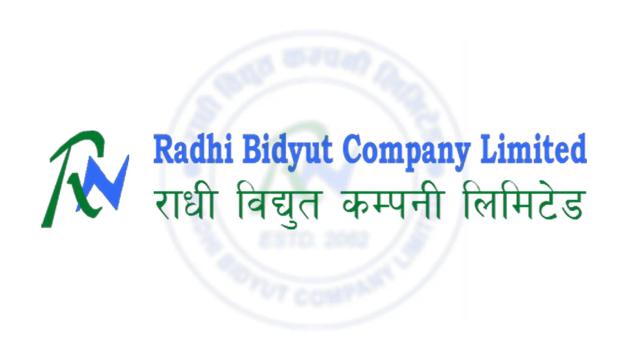Monetary Policy: Surge in Bank Profits, Policies Unchanged, Banks to Gain Additional NPR 4.82 Billion
Author
Nepse trading

The Nepal Rastra Bank (NRB) has released the mid-term review of the monetary policy for the fiscal year 2081/82 (2024/25). This review, maintaining a cautiously flexible approach, prioritizes price stability, external sector balance, and economic growth while influencing the stock and capital markets. Compared to the monetary policy unveiled on July 26, 2024, and its first quarterly review on December 1, 2024, this mid-term assessment retains key policy frameworks. Below is an analysis of the major highlights relevant to the stock and capital markets, their implications, and a comparison with the earlier policy.
Inflation Under Control
The average consumer inflation for the first six months of FY 2081/82 stands at 4.97%, down from 5.44% in the same period last year. The review targets keeping annual inflation around 5%. This stability in inflation is expected to maintain interest rates, fostering an investment-friendly environment—a positive signal for the stock market.
Interest Rate Corridor Unchanged
The policy rate remains at 5%, the deposit collection rate at 3%, and the bank rate at 6.5%. The weighted average interbank rate in January 2025 was steady at 3%, reflecting eased liquidity conditions. This stability supports banks’ lending capacity and reduces investment risks in the stock market.
Slow Growth in Credit and Deposits
Broad money supply grew by 10.2% against a target of 12%, while private sector credit expanded by 7% compared to the projected 12.5%. Deposits, however, increased by 9.9%. Despite slower credit growth, increased lending to industrial, construction, and trade sectors could positively influence market sentiment.
Rise in Non-Performing Loans (NPLs)
The NPL ratio rose from 3.73% in December 2023 to 4.92% in December 2024. Commercial banks reported 4.73%, development banks 5.11%, and finance companies 12.85% NPLs. This increase signals heightened risks in the financial sector, potentially pressuring banking stocks in the market.
Decline in Interest Rates
The average base rate of commercial banks dropped from 9.35% in December 2023 to 6.65% in December 2024. The weighted average deposit rate fell from 7.32% to 4.75%, and the lending rate decreased from 11.38% to 8.69%. Lower interest rates could boost corporate profitability and attract investment into the stock market.
Policy Reforms
The provision for loan loss on performing loans has been reduced from 1.10% to 1%, and the loan-to-value ratio for personal and electric vehicles is set at 60%. Microfinance institutions’ lending rates will be linked to the base rate from May 2025. These measures aim to enhance liquidity and stimulate market activity.
Comparison with Previous Monetary Policy
Previous Policy (July 2024): The initial policy emphasized economic growth, targeting 12.5% private sector credit growth and 12% broad money supply expansion, with a focus on interest rate corridors and liquidity management.
Mid-Term Review: While credit (7%) and money supply (10.2%) growth fell short of targets, the review retains policy rates and the interest rate corridor to ensure stability. Steps like reducing loan loss provisions and lowering interest rates aim to make the market more conducive to investment compared to the initial framework.
Impact on Stock and Capital Markets
Positive Aspects: Declining interest rates, eased liquidity, and controlled inflation create a favorable environment for stock market investments. Credit growth in industrial and construction sectors could boost shares of companies in these areas.
Challenges: Rising NPLs and sluggish credit expansion may weigh on banking stocks. The single-digit growth in remittance inflows (1.1% in USD terms) also signals potential liquidity risks in the market.
The mid-term review of the monetary policy for FY 2081/82 presents a mixed outlook for Nepal’s stock and capital markets. Lower interest rates and policy stability could enhance investor confidence, while rising NPLs and slower credit growth pose challenges, particularly for the banking sector. The review aims to support the government’s economic growth targets, potentially strengthening the stock market in the long term. Investors are advised to monitor risks in banking stocks while exploring opportunities in industrial and trade-related sectors for balanced returns.



